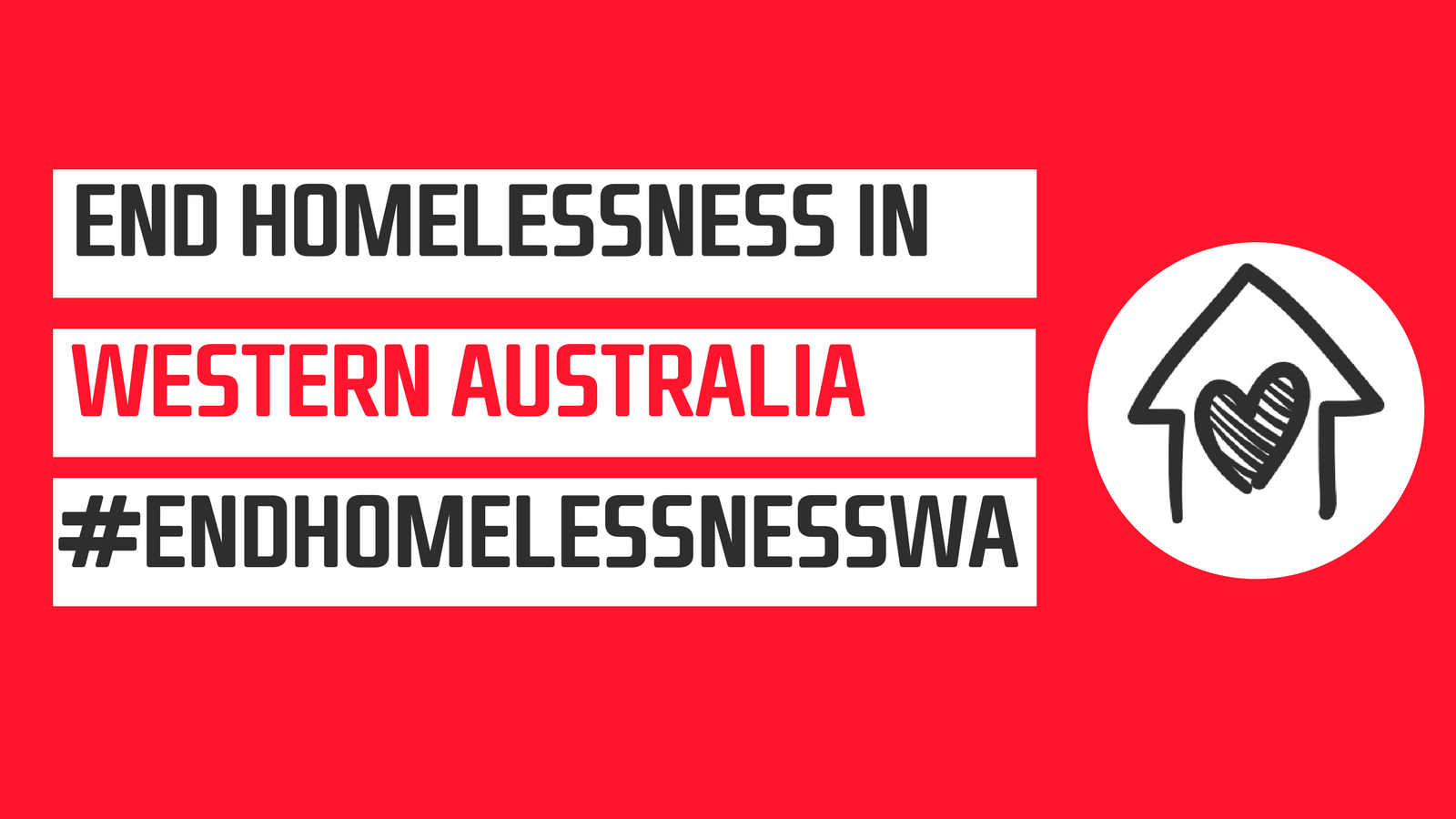Western Australian Alliance to End Homelessness Dashboard |

|
Addressing underlying drivers of homelessness in WA
Target 4
The underlying causes that result in people becoming homeless have been met head-on, resulting in a reduction by more than half in the inflow of people and families into homelessness in any one year
The causes of homelessness are complex, encompassing a broad range of individual and structural determinants, including housing availability and affordability, economic and employment opportunities (or lack thereof), physical and mental health outcomes, domestic and family violence, and social and community connections.
Domestic violence
Indicators |
Most current values |
Trend over time |
|---|---|---|
Family violence offences in Western Australia (2021-22)1 |
Assault – 18,359 |
Decreasing |
Threatening behaviour – 2,846 |
Decreasing |
|
Breach of violence restraining order – 8,341 |
Decreasing |
|
|
|
||
Domestic and family violence is the leading cause of homelessness for women and their children. Reported family violence offences have increased by more than 100 per cent in the past decade. A peak is observed in 2019-20 which is attributable to an increase in family assault and breach of violence restraint orders. Only threatening behaviour was not seen to escalate. When interpreting the peak observed in 2019-2020 it is necessary to consider the potential impact of COVID-19 on trends of family violence offences. The following peak in 2022-2023 could be attributed to an increased knowledge and confidence in reporting the offences following the MeToo movement (Figure 4.25).
Over one-third of Specialist Homelessness Services female clients between the ages of 25-34 present experiencing family and domestic violence (Figure 4.26).
Forty-five percent of women clients who are experiencing family and domestic violence are engaged long-term or on-going with specialist homelessness services (Figure 4.27).
